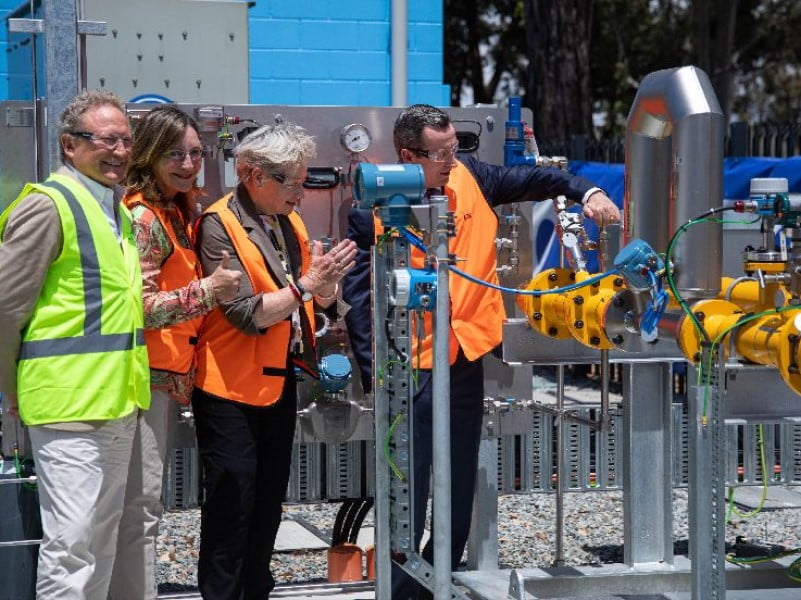The Western Australian government wants one percent of its generated electricity to come from green hydrogen by 2030 and has set up a new government unit to accelerate environmental approval for green energy projects.
The target — the equivalent of about 90MW of electricity production capacity — will apply to Western Australia’s main grid, the South-West Interconnected System.
Public consultation on a state electricity production target from green hydrogen concluded on November 10. Modelling by consultancy ACIL Allen, commissioned by the state government, notes that 5,840 tonnes of annual hydrogen production would is required to reach the target.
A broader ‘use-agnostic’ renewable hydrogen target is also being developed to account for other uses of green hydrogen, including transport, industrial feedstocks, electricity generation, and gas pipeline blending. This will enable the creation of renewable hydrogen certificates, according to the state government.
Timelines for reaching the targets will be developed by Energy Policy WA and the Department of Jobs, Tourism, Science and Innovation, which will report back to the government in mid-2023.
The announcements were made by outgoing state Hydrogen Industry minister Alannah MacTiernan during the Australian Hydrogen Conference (West) 2022 on Tuesday.

Ms MacTiernan admitted that the one per cent electricity generation target from green hydrogen is “modest” but said it would create “early movement from companies that are keen to press the go button”.
“We’re proceeding with the one percent [target] now so that those people that need to make a commitment can have some certainty. We’re very confident that [the target] is really going to help us start getting some of that early demand generated,” she told the conference.
“We recognise that [because of] the Inflation Reduction Act in the US and many of these other schemes that we have to work hard to attract [hydrogen] projects and to make sure that notwithstanding all our fabulous fundamentals that we don’t lose the market to the large cash handouts made available elsewhere.”
In addition to the target, the government will establish a new Green Energy Assessment Unit within the Department of Water and Environmental Regulation at a cost of $22.5 million.
The unit aims to streamline the approval of green energy environmental approvals, including for renewable energy projects, hydrogen projects, lithium mining, and other critical minerals projects.
The unit will include a Green Energy Expert panel to advise the Environmental Protection Agency, and a Green Energy Major Projects Group to help individual projects receive approval.
According to the ACIL Allen commissioned by the state government, the median production cost of renewable hydrogen is expected to be $4.71 per kilogram in 2030, before falling to $3.52 per kilogram in 2040.
Ms MacTiernan said the state government hopes to export 400 million tonnes of hydrogen to the state’s “traditional markets of Japan, South Korea, and Singapore” by 2040, based on projects already under development.
On Monday, the government announced that hydrogen had been blended into the gas network for the first time and that the state’s first hydrogen refueller had opened. This means all four 2022 targets in the state government’s Renewable Hydrogen Strategy have been met, although Ms MacTiernan noted that these are small scale projects.
Both projects were achieved by Canada-headquartered gas company ATCO, with the refueller developed in collaboration with Fortescue Future Industries.
Earlier in the year, $3.8 billion by 2030 was committed through state-owned electricity company Synergy to decarbonise the state’s main grid. At the same time, the company announced plans to phase out state-owned coal fired power stations in the same period.
Do you know more? Contact James Riley via Email.

